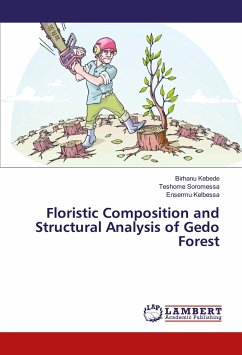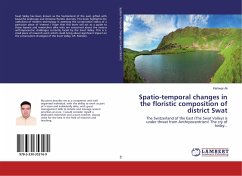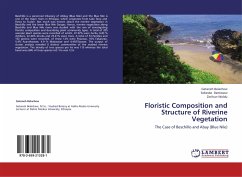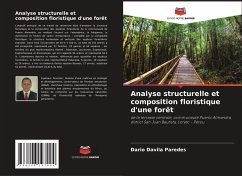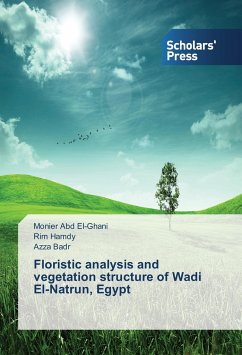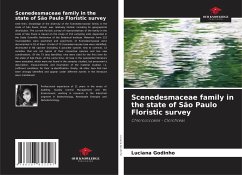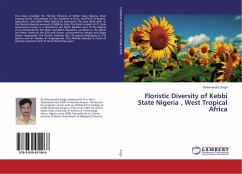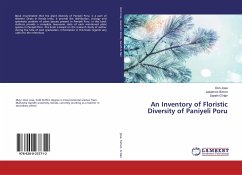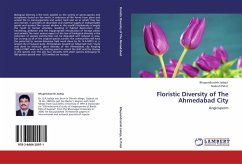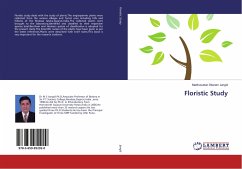
Structural analysis and floristic composition of a forest
of middle terrace, Puerto Almendra community, San Juan Bautista district, Loreto - Peru
Versandkostenfrei!
Versandfertig in 6-10 Tagen
40,99 €
inkl. MwSt.

PAYBACK Punkte
20 °P sammeln!
The main objective of this research work was to analyze the floristic structure and composition of forest species, Puerto Almendra community, with emphasis on abundance, frequency, dominance and importance value index; complemented with the floristic complexity, horizontal and vertical structure of the evaluated forest species. In three (3) plots of 20 m x 100 m, a total of 152 trees were recorded, represented by 23 families, 43 genera and 64 species; the most representative families were: Fabaceae, Lauraceae, Sapotaceae, Euphorbiaceae and Annonaceae, reported 95 trees and represented 62.5%. T...
The main objective of this research work was to analyze the floristic structure and composition of forest species, Puerto Almendra community, with emphasis on abundance, frequency, dominance and importance value index; complemented with the floristic complexity, horizontal and vertical structure of the evaluated forest species. In three (3) plots of 20 m x 100 m, a total of 152 trees were recorded, represented by 23 families, 43 genera and 64 species; the most representative families were: Fabaceae, Lauraceae, Sapotaceae, Euphorbiaceae and Annonaceae, reported 95 trees and represented 62.5%. The absolute and relative abundance, referred to quantify forest species, the most representative family Fabaceae, 6 genera, 10 species and 29 trees, Parkia velutina Benoist, 17 trees, totaled 52 trees, representing 34.21% of the total.





